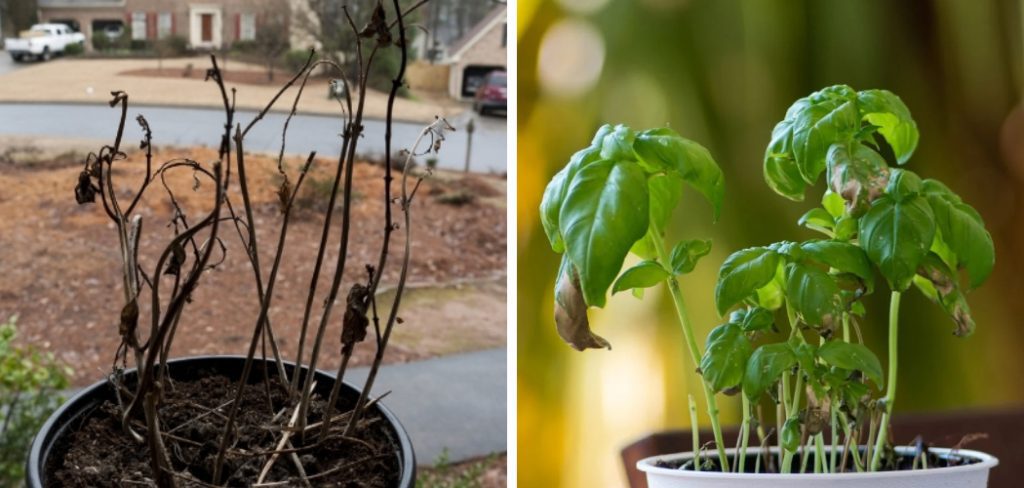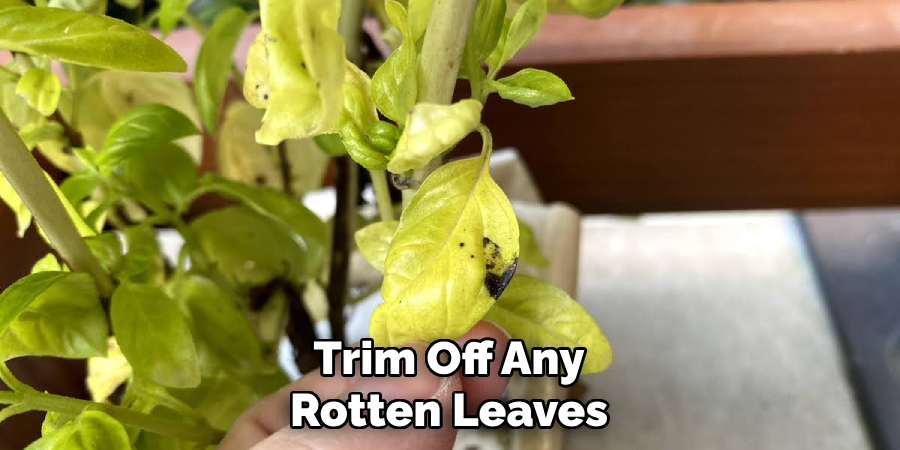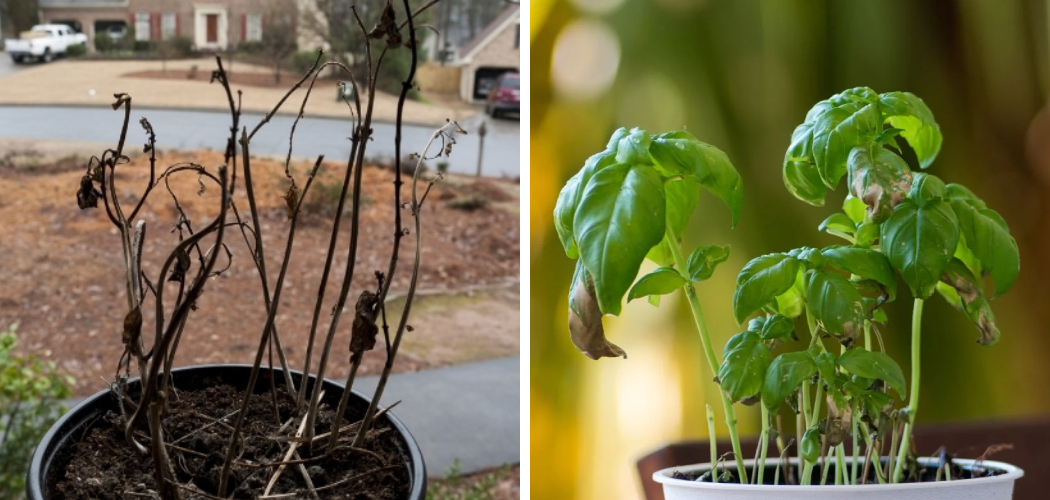To revive a dead basil plant, ensure it receives adequate sunlight, water it regularly, and trim any damaged or wilted leaves. Additionally, applying a balanced fertilizer can help promote healthy growth.
With proper care and attention, your basil plant can recover and thrive. Basil plants are a popular addition to any herb garden, as they provide a fresh and aromatic flavor to a variety of dishes. However, these plants can sometimes experience neglect or adverse conditions, leading to their demise.
If you find yourself with a dead basil plant, all hope is not lost. With a few simple steps, you can bring it back to life and enjoy its flavorful benefits once again. In this guide, we will explore how to revive a dead basil plant by providing the right environment, necessary care, and appropriate nutrients. By following these steps, you can successfully rejuvenate your basil plant and have it flourishing in no time. So let’s dive in and learn the secrets to revive your dying basil plant!

How to Revive a Dead Basil Plant: Step by Step Guide
Assessing The Condition Of Your Basil Plant
Assess the condition of your basil plant by checking for signs of life. Examine the wilted leaves and determine the possible causes. Take a closer look at the roots to see if there is any rot or damage. This will help you understand what might have gone wrong and whether the plant can still be saved.
Look for any new growth or healthy foliage, as this indicates potential recovery. If there are no signs of life, it may be time to consider replacing the plant. By assessing the condition of your basil plant and inspecting its roots, you can make an informed decision on how to revive or replace it.
Providing The Right Conditions For Basil Revival
Reviving a dead basil plant requires providing the right conditions. Light exposure needs adjusting to ensure proper growth. Temperature extremes should be avoided to prevent further damage. Watering techniques play a crucial role in reviving basil plants. It’s essential to find the right balance and not over or under-water the plant.
Following these guidelines will help revive your basil plant and bring it back to life. So, make sure to provide adequate light, maintain suitable temperatures, and water your basil plant effectively. With patience and care, your basil plant will thrive once again.
Happy gardening!
Implementing Rescue Strategies
Reviving a dead basil plant can be done through effective rescue strategies. One of these strategies involves pruning dead or yellowed leaves to promote new growth. By removing these nonproductive parts, the plant can focus its energy on rejuvenating the root system.
Another crucial aspect is controlled fertilization, which provides the necessary nutrients for revival. With the proper balance of nutrients, the basil plant can thrive and regain its vitality. Remember to keep sentences brief and concise to ensure easy comprehension. By utilizing these rescue strategies, your basil plant can be brought back to life and flourish once again in your garden.
Maintaining Basil Health After Revival
Maintaining the health of your basil plant after revival requires regular monitoring and care. Keep a close eye on its growth and address any issues promptly. To prevent future pest infestations, ensure that the plant has adequate sunlight, well-draining soil, and proper irrigation.
Regularly inspect the leaves for any signs of damage or pests. If necessary, use organic pest control methods to eliminate the problem. To promote healthy growth, harvest the basil leaves frequently. This will encourage new growth and prevent the plant from becoming leggy.
Utilize the fresh leaves in various culinary creations such as salads, sauces, or infused oils. Remember to gently pluck the leaves rather than cutting them with a knife, as this can damage the plant. With proper care and attention, you can enjoy a thriving basil plant for a long time.
Frequently Asked Questions Of How To Revive A Dead Basil Plant
How Do You Revive A Dead Basil Plant?
To revive a dead basil plant, start by assessing the damage. Trim off any black or rotten leaves and check for root health. Repot the plant if necessary, and ensure it has adequate sunlight, water, and well-draining soil. Consider using organic fertilizers to nourish the plant, and be patient as it recovers.

Can A Basil Plant Recover From Overwatering?
Yes, a basil plant can recover from overwatering. To help it recover, carefully remove the plant from its pot and gently shake off any excess water. Allow the soil to dry out before rewatering, ensuring the plant receives proper drainage.
Additionally, trim any yellow or wilted leaves and provide adequate sunlight for recovery.
Why Are The Leaves On My Basil Plant Turning Yellow?
Yellow leaves on a basil plant can indicate various issues. It could be due to overwatering, lack of sunlight, nutrient deficiency, or pest infestation. Review your watering schedule, ensure the plant receives sufficient sunlight, use appropriate fertilizers, and inspect for pests.
Adjusting these factors can help prevent further yellowing and promote healthy growth.
Conclusion
Reviving a dead basil plant requires patience, proper care, and a little bit of knowledge. By understanding the common causes of basil plant death and implementing the necessary steps, you can bring your plant back to life and enjoy fresh, flavorful basil in your recipes.
Remember to check the soil moisture regularly and adjust watering accordingly, provide adequate sunlight, maintain the right temperature and humidity levels, and address any pest or disease issues promptly. Additionally, pruning and harvesting regularly will not only promote growth but also ensure a healthier plant overall.
With these simple yet effective guidelines, your basil plant will thrive and become a beautiful addition to your garden or kitchen. So don’t give up on your dying basil plant just yet – revive it and watch it flourish! Happy gardening!

